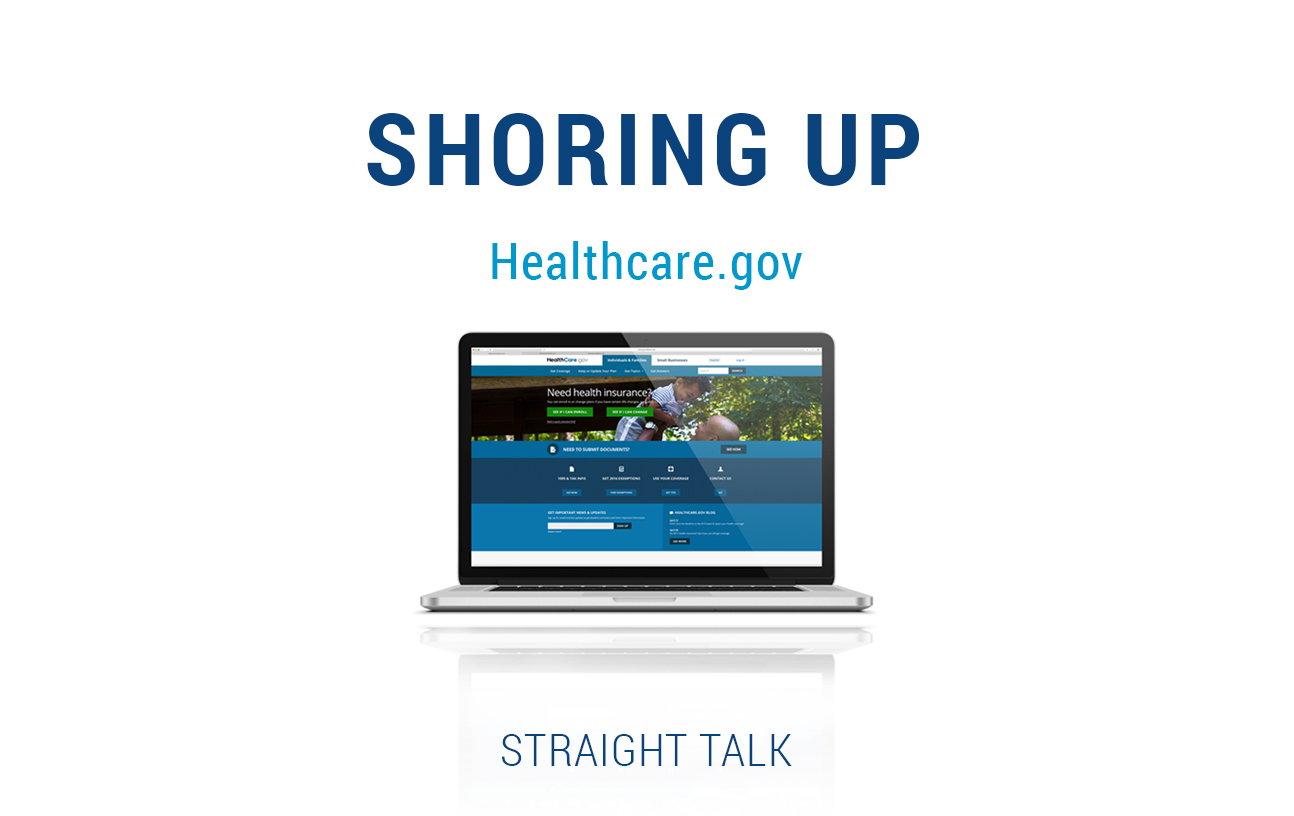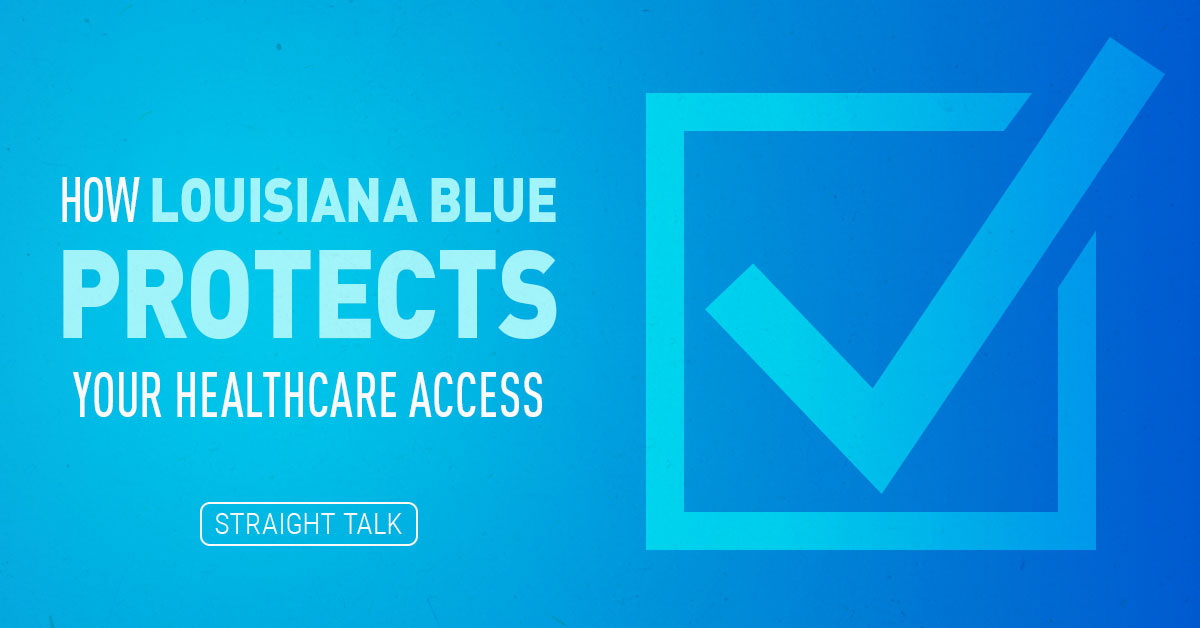Blue Cross considers it an important part of our mission to improve the health and lives and Louisianians. We want to give our family, friends and neighbors financial security in their day-to-day lives against terrible illnesses, give them a clear path to improving their health and help them put off chronic disease for as long as possible. A better quality of life for everyone is our goal, and we’re currently doing that as a participant in healthcare.gov.
Coverage Costs
In the past three years, we’ve spent roughly $200 million more to cover medical care for our individual members than we have taken in through their premium payments and the federal government’s contributions with reinsurance and cost sharing reductions. That’s a loss of about a quarter of a billion dollars in our individual products here in Louisiana. Those losses come even after doubling our rates since 2013.
We want to remain in the individual market. As a homegrown company, we want to make the Louisiana healthcare market better for all of us. We have never rested on calling out the serious problems on healthcare.gov. Instability in the individual marketplace has been fed by lax federal enforcement of a host of rules that were designed to keep this market stable and keep carriers compliant and engaged – so that the kinds of losses we and others are having wouldn’t happen. It’s been an ongoing battle to stay in this market, one we have fought with time, talent and considerable funds.
On many occasions, I have participated with national Blue Cross and Blue Shield Association work groups to try to explain to regulators in Washington, D.C., and a raft of politicians exactly what it would take to stabilize this market and stop the flood of runaway rate increases and insurance carriers exiting the market.
It’s not really a mystery; the solutions are quite obvious, and, after years of work, we are actually starting to see some light at the end of this tunnel.
New Rules for Healthcare.gov
I am happy to report that several critical federal agencies have just taken steps that could send the market down a long road to stabilization. In a rule published April 14, 2017, the Department of Health and Human Services announced some significant changes to the way healthcare.gov does business beginning as early as June of this year. Since we have to follow these rules, I want you to be made aware of them as soon as possible.
First, there is one very important step not covered in the new stabilization rules that the president and Congress must take in the next few weeks if they want to keep carriers like Blue Cross on healthcare.gov – they MUST fund Cost Sharing Reductions (CSRs). Without continuing this program that helps the 131,000 poorest users of healthcare.gov in Louisiana to pay their deductibles and copayments, more insurers will leave the market, and consumers will suffer mightily. This should be top priority at this point.
Based on the new rule, here are the changes you can expect on healthcare.gov going forward, and how they will help to stabilize rates and carrier participation:
THE NEW OPEN ENROLLMENT PERIOD
Rule: Beginning this year, Open Enrollment for people buying individual plans will run from Nov. 1, 2017, until Dec. 15, 2017. All policies purchased during this time will go into effect (assuming the applicant pays their premium of course) on Jan. 1, 2018.
Effect: This will bring more people into the market earlier in the year and discourage the young and healthy from waiting until months into 2018 to sign up. More young and healthy in the pool = lower rate increases and more stability.
SPECIAL ENROLLMENT PERIODS
Rule: People who don’t buy plans during Open Enrollment or choose to wait until after they get sick to shop for insurance will have a much tougher time in 2018. New requirements will stop insurance from taking effect until after the person buying the plan shows proof of her right to Special Enrollment (like showing a marriage certificate to prove you are married now). People used to just have to check a box on a website – now, real documents must be uploaded to healthcare.gov, or coverage will not begin.
Effect: This is one of the biggest problems with healthcare.gov stability today. Only 40% of all healthcare.gov enrollees paid 12 premiums in a row in 2014-2016. Many of the rest are waiting until after they get sick and need lots of care or procedures to purchase coverage, which doesn’t work.
BACK PAYMENTS
Rule: You know how when you make a payment on your phone plan each month, if you have an outstanding balance from the month before, your phone company applies your payment to that before crediting it to your bill for the new month? Makes sense to pay the oldest bill first, right?
Well, prior to the new rules, health insurance companies were not allowed to do the same thing with our customers. We couldn’t apply any premium collected for a new policy to the unpaid months from someone’s prior-year policy on healthcare.gov! As a result, people could rack up months of unpaid premiums, then start over in the new year and leave insurance companies on the hook for the unpaid bills. I dare you to try that with your phone or cable provider!
Starting with the upcoming Open Enrollment period, carriers can apply the money they take in for 2018 policy premiums toward back payments on premiums still unpaid from 2017 policies.
Effect: The new rule, with an abundance of common sense, encourages healthcare.gov members to pay their balance due before their new policies start. To be fair, carriers will also have to pay their customers’ medical claims for those months as soon as they pay their premiums.
There are also some technical changes to the regulations that give health plans more flexibility in benefit designs for individuals and small groups. So you are likely to see more product offerings at more price points (higher and lower) over the next year or two. That’s welcome relief to half of our individual market customers, who don’t get federal assistance to pay their premiums or cost sharing.
I’m encouraged to report that the federal government is quietly trying to stabilize healthcare.gov, at least in the short run, and I for one am very pleased to see solutions we’ve been recommending start taking effect.
Now, if we could just get those Cost Sharing Reductions funded…
That’s Straight Talk for now. More to follow!





Leave a Reply